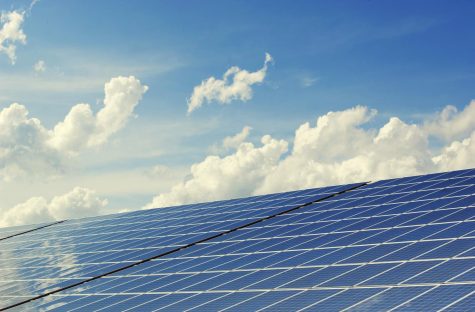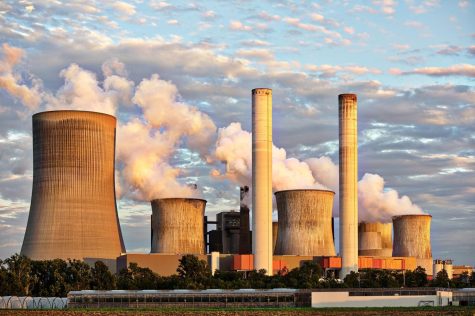Renewable VS. Nonrenewable Energy
The difference between Renewable and Nonrenewable energy.
Energy is the critical resource that powers our world and enables many activities essential to our daily lives. Primary energy sources fall into two categories: renewable and non-renewable. Both have their pros and cons, and understanding the difference between the two is crucial to making informed energy consumption decisions. 
Renewable Energy
Renewable energy comes from sources that can be regenerated over time, such as wind, solar, hydroelectric, and geothermal. These energy sources are considered sustainable because they are not depleted by consumption and do not contribute to climate change, pollution, or other environmental problems. In return, we provide clean, low-carbon energy that can power homes, businesses, and entire communities. One of the main advantages of renewable energy is its wide availability and abundance.
Non-  Renewable Energy
Renewable Energy
Non-renewable energy sources such as fossil fuels are finite and eventually run out, whereas renewable energy sources can be used indefinitely. However, renewable energy is becoming cheaper than non-renewable energy, especially as technology advances and economies of scale are achieved. Another advantage of renewable energy is that it is very versatile and can be used for many different purposes, from powering homes and businesses to powering transportation. For example, solar panels can be used to generate power for large solar farms that power homes, businesses, and even entire communities. Wind turbines can be used not only to power electric vehicles but also to power homes and businesses.
Non-renewable energy such as Oil, coal, and natural gas. These energy sources are finite, depleted, and considered unsustainable. They contribute to climate change, air pollution, and other environmental problems. One of the main drawbacks of non-renewable energy is that it becomes more expensive as supply decreases and demand increases. Furthermore, non-renewable energy sources are often located in remote or inaccessible areas, which can increase the cost and complexity of their generation and transportation. Another drawback is that it contributes to environmental problems such as air pollution, water pollution, and climate change. For example, burning fossil fuels such as coal, oil, and natural gas releases carbon dioxide and other greenhouse gases into the atmosphere that contribute to global warming and climate change. In addition, fossil fuel extraction and transportation can cause significant environmental damage such as oil spills, pipeline leaks, and habitat destruction.
Conclusion: Both renewable and non-renewable energy sources have strengths and weaknesses. Renewable energy is abundant, cheap, and environmentally friendly. Non-renewable is powerful and easier to produce but it is not environmentally friendly.
Related Stories
Take Action















